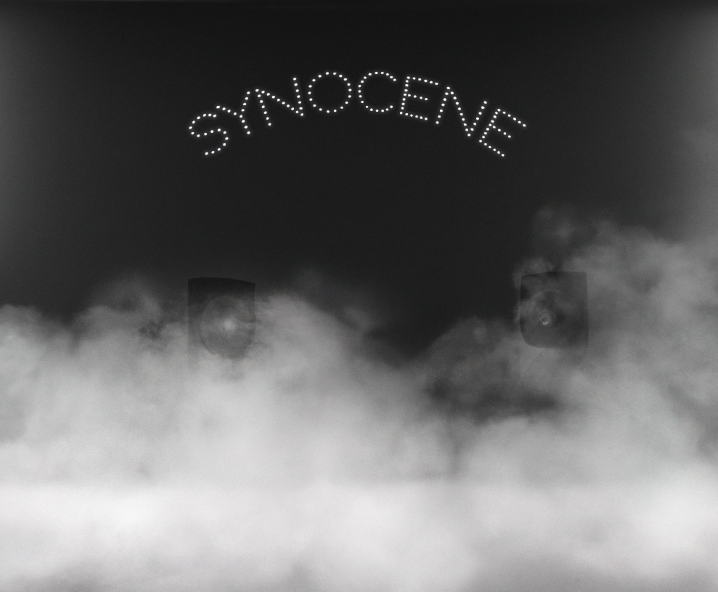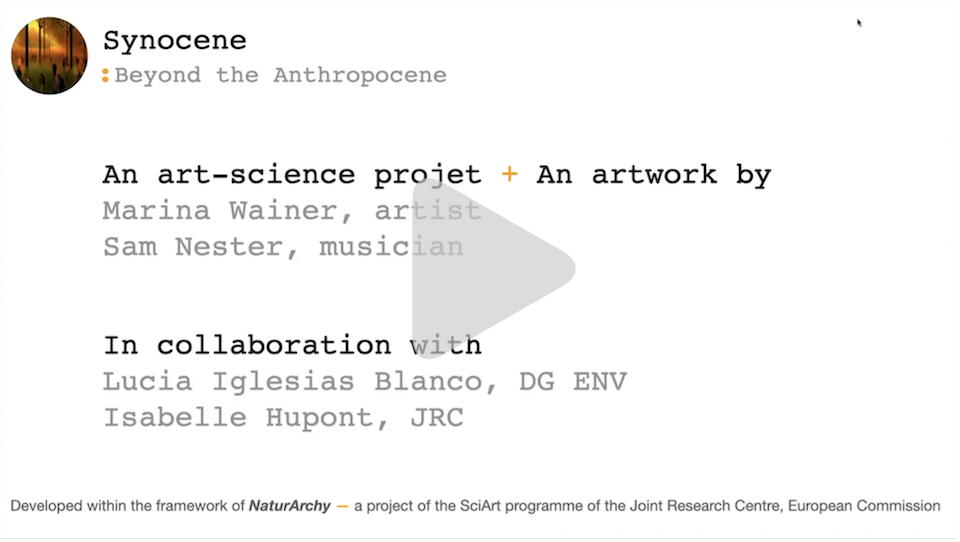Project description
Synocene is an immersive 360° spatial sound installation that explores a de-centered view of our anthropocentric experience of the natural world. Voices of local communities, the sounds of Natura 2000 forest sites, and the contributions of artificial intelligence all work to imagine a future beyond the Anthropocene. This project is an ever-evolving attempt at a human/non-human/more-than-human perception of the natural world.
Audiences to this work will discover the many narratives created by human experiences of nature in a hybrid writing with AI, along with forest soundscape recordings from within Natura 2000 sites. To achieve the current version of the installation, a citizen engagement workshop took place in the Glengarriff Harbour and Woodland Natura 2000 site (Ireland) with a local community.

Meet the Team
Sam Nester is an Australian born, New York City based musician. Nester aims to bring the environment from the background into the foreground at a critical time for environmental awareness. Marina Wainer is a Paris-based artist. She develops a transdisciplinary practice at the crossroads of creation, research and innovation. Lucía Iglesias Blanco is a forestry engineer and a nature protection expert, at DG ENV. The three of them met at the SciArt Summer School on NaturArchy which took place in June 2022 at the JRC in Ispra. The group is working with Isabelle Hupont Torres (AI, affective computing and human-machine interaction researcher) and the HUMAINT team on aspects relating to artificial intelligence and how it might represent nature.
What drives this project?
I think the goal with it this idea of we're trying to decentre our anthropocentric experience of the natural world, and how that relates to a much grander kind of human experience and moving ourselves from the centre of nature and looking at it from a different perspective. And, combining that with the other big player in the world - artificial intelligence. And how these really important parts of our world and existence are going to cohabitate the idea of nature and its life and humans and our thoughts and our life, and how they will create a potential future of how that will look. And so this our imagined version beyond what we're calling the Anthropocene now.
Sam Nester, Artist
The main topic of the project was decided before Chat GPT, and before all these really very large algorithms that are able to do incredible stuff related to artificial intelligence emerged. So I think it's very timely that we decided to introduce AI in the project, and also nature, because we are really focusing on two of the main challenges of humanity, how to live with this super sophisticated artificial intelligence, and at the same time, how to maintain natural beings in the middle of climate change.
Artificial intelligence is something particularly interesting to explore together with nature, because artificial intelligence learns from the Internet, from the data that is generated by humans. And in that way, it transcribes in some way what the collective imaginary thinks about forests, about rivers, about animals and so on. And to my knowledge, this is one of the first, or the first project exploring how artificial intelligence sees natural beings.
Isabelle Hupont Torres, Researcher








